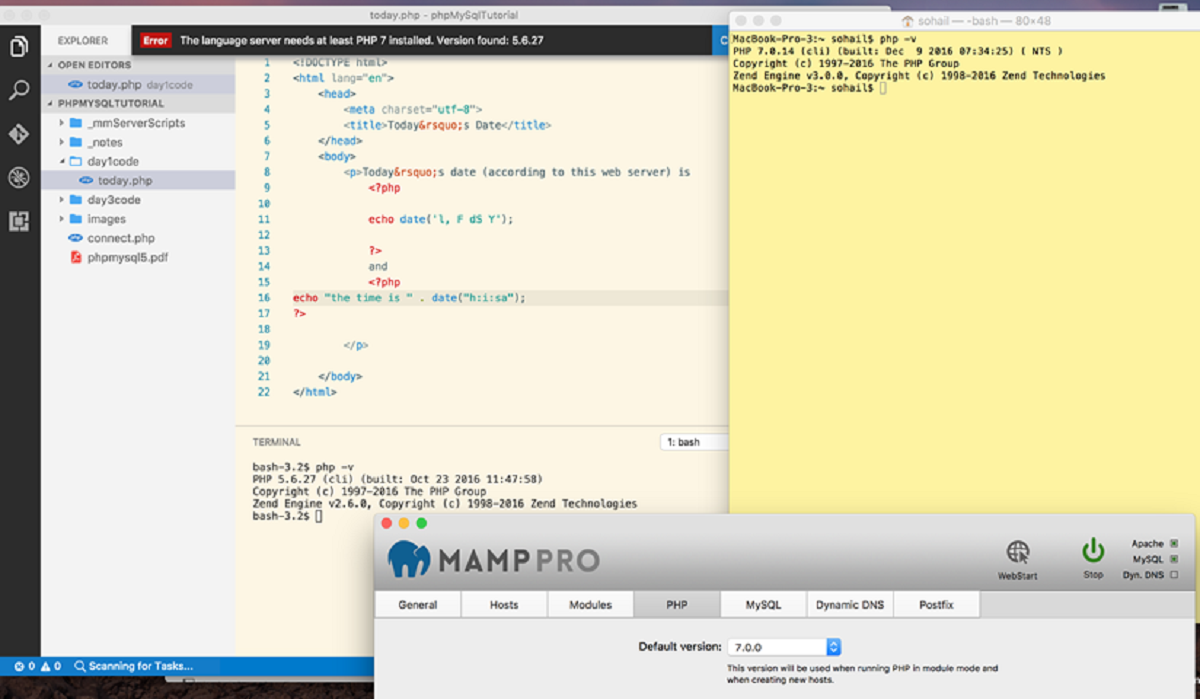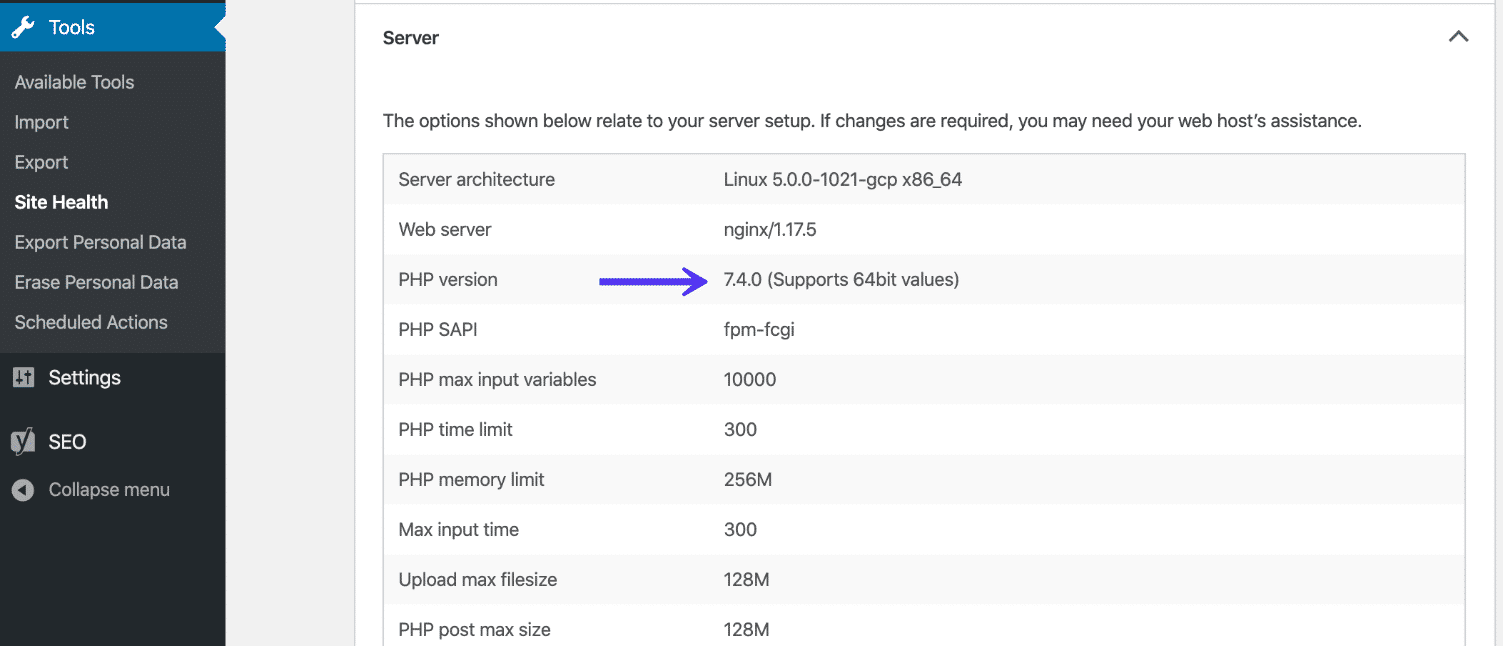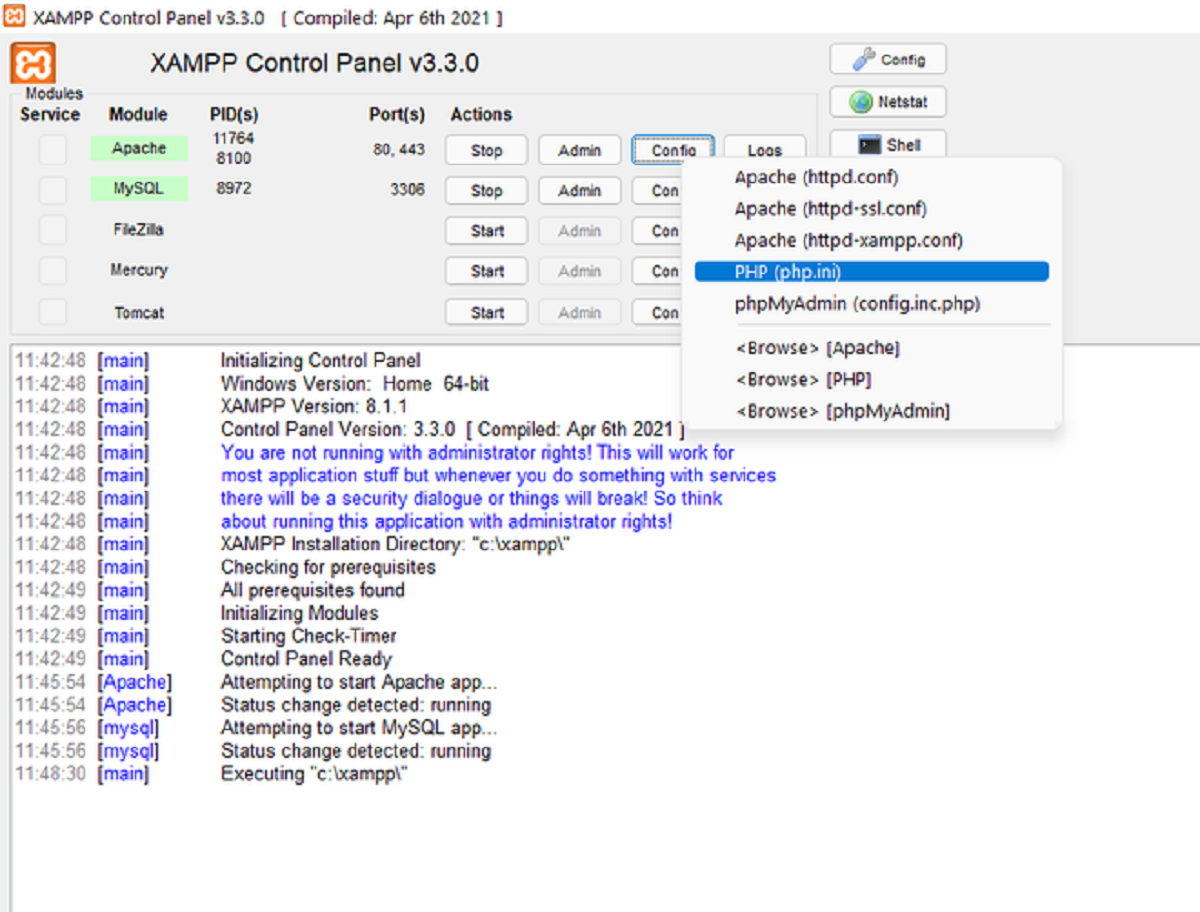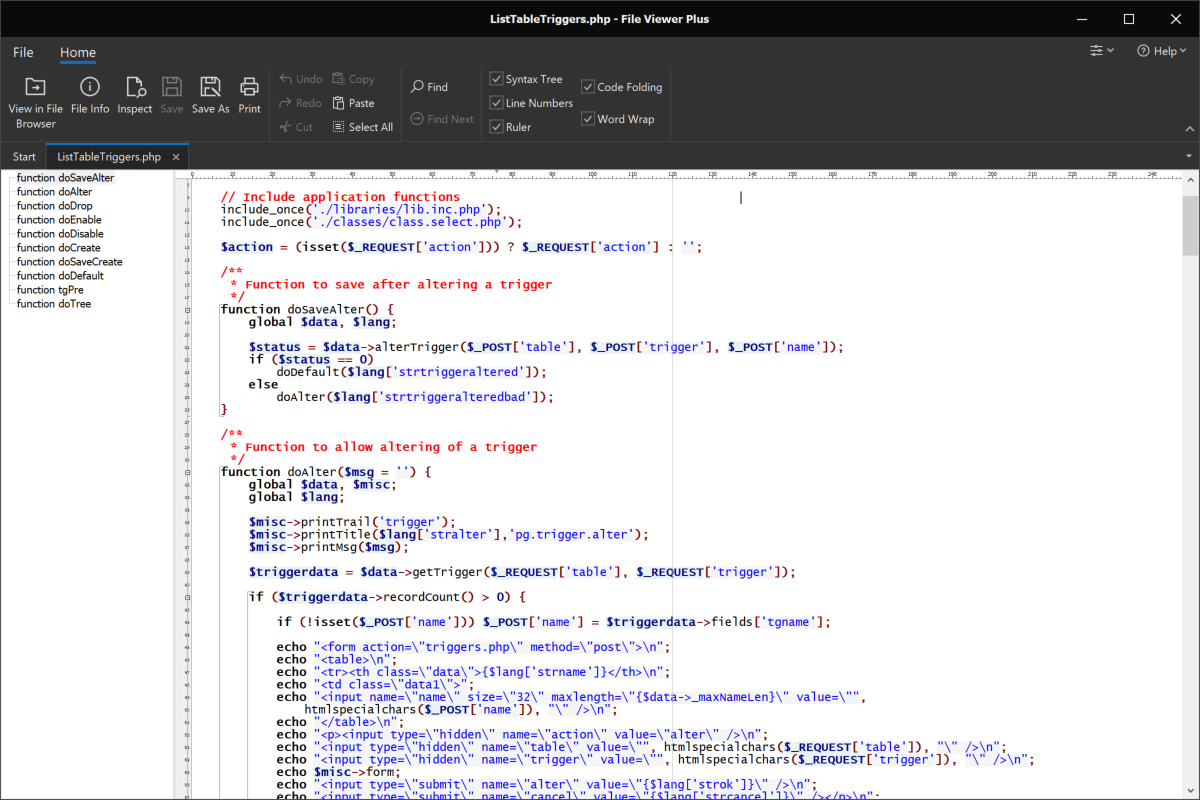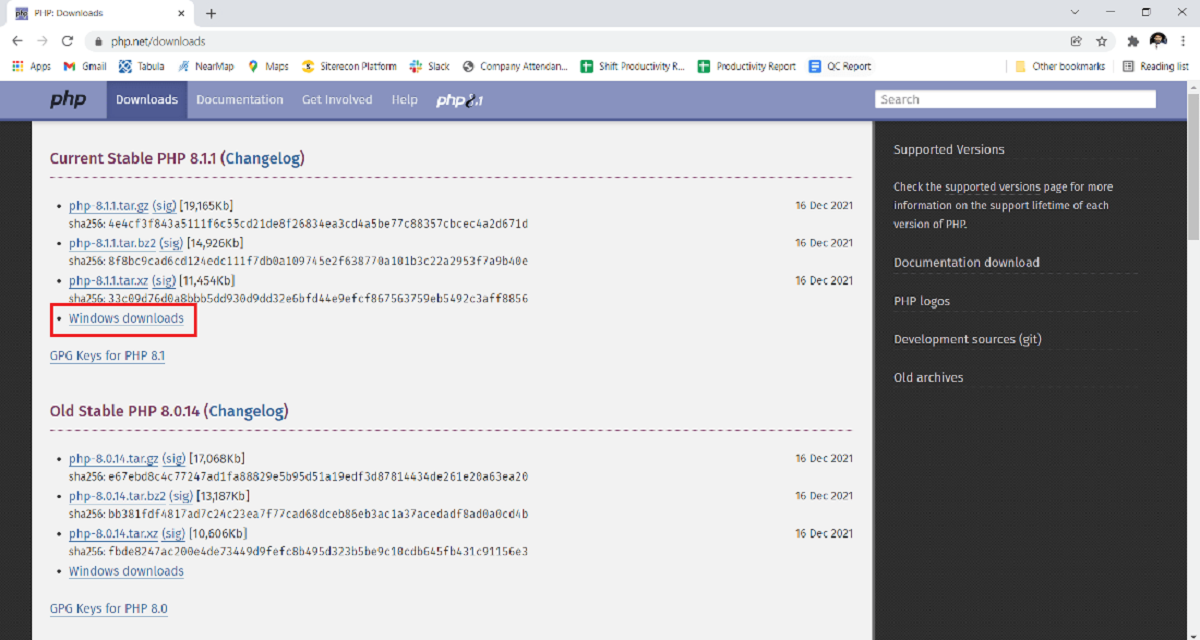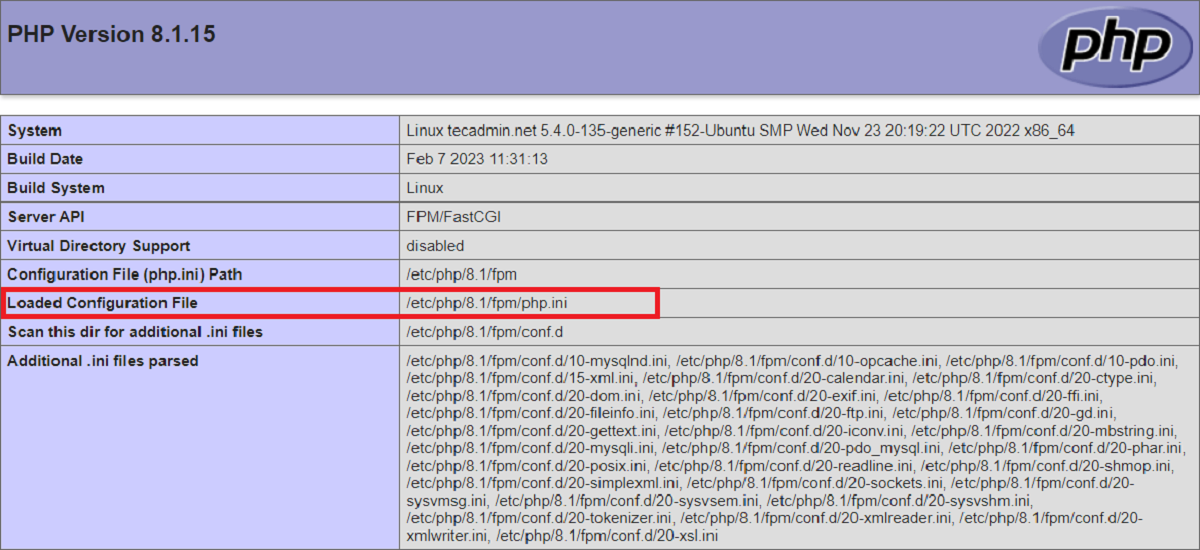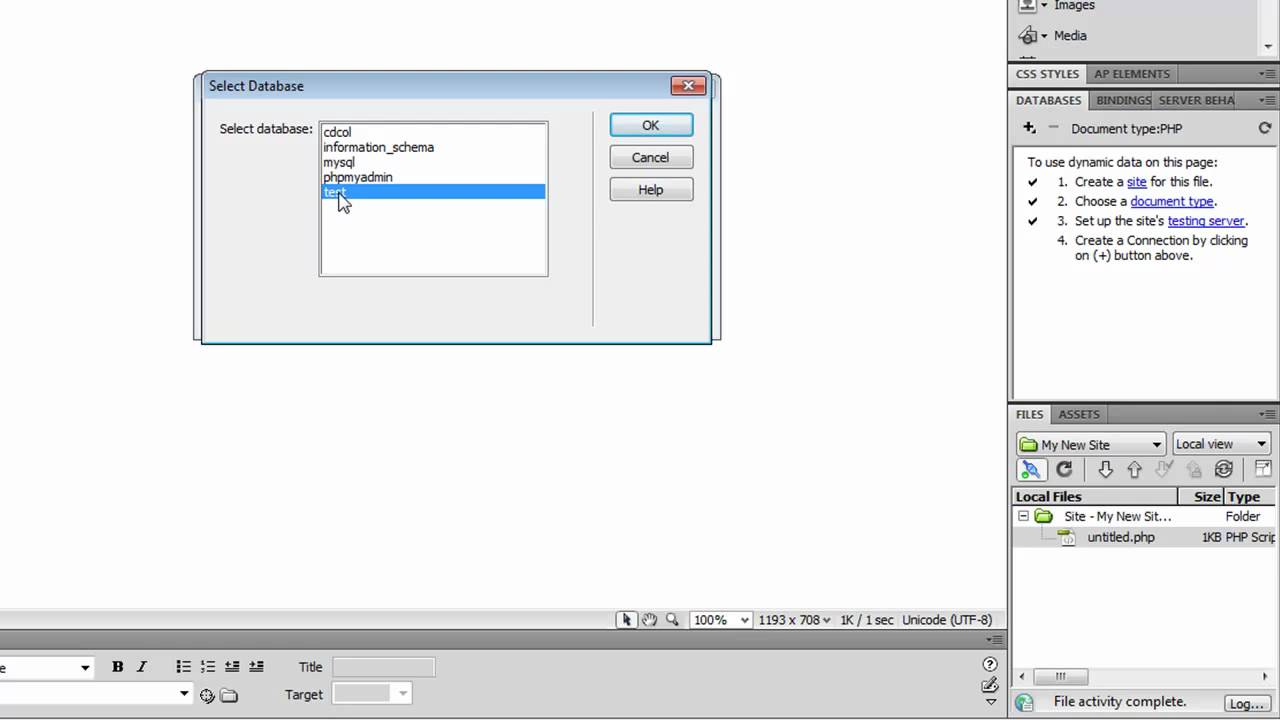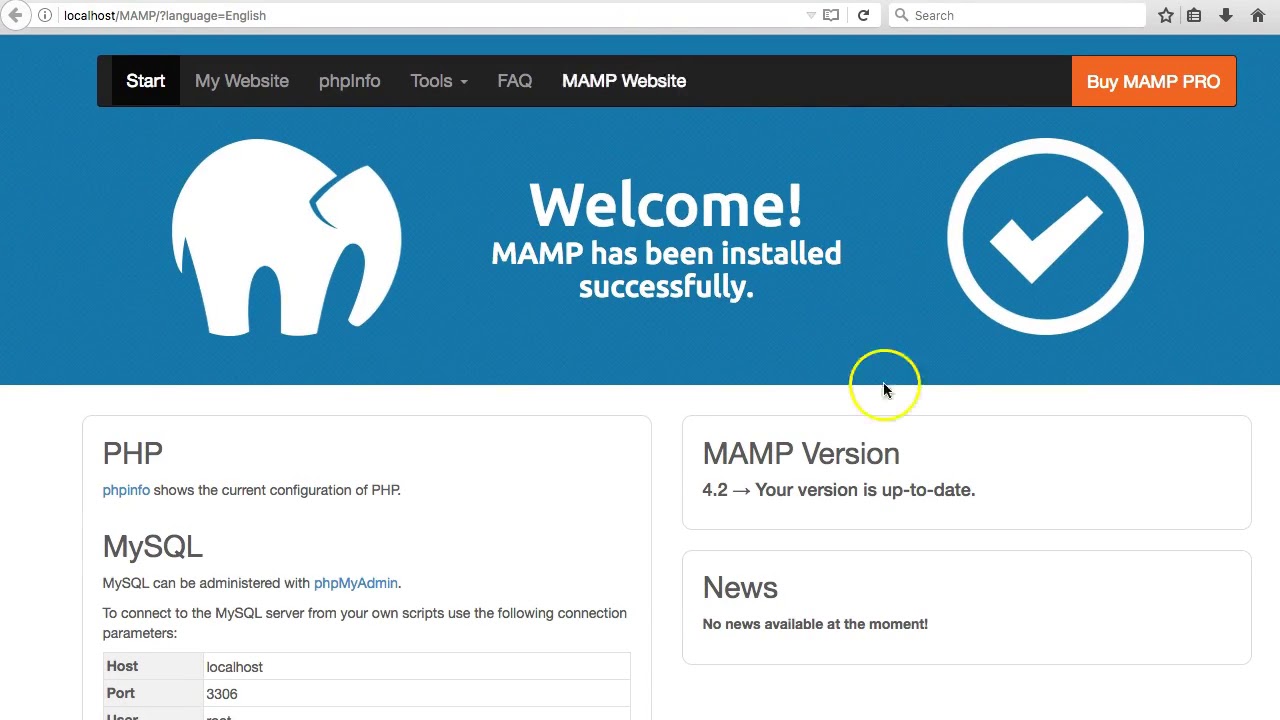Introduction
When working with PHP on a Mac, it’s essential to know the version of PHP installed on your system. Whether you’re a developer, a system administrator, or just a curious user, knowing your PHP version can help ensure compatibility with different PHP applications and frameworks.
In this article, we’ll explore different methods to check the PHP version on your Mac. We’ll cover command-line tools, terminal commands, and browser-based approaches, providing you with a variety of options to find the PHP version that is currently running on your system.
Understanding your PHP version is crucial because different versions may have varying functionality, security updates, and compatibility requirements. By verifying your PHP version, you can avoid any potential compatibility issues and ensure that your code runs smoothly.
So, if you’re ready to dive into the world of PHP versions on your Mac, let’s get started with the different methods you can use to check your PHP version.
PHP Version Command Line
One of the simplest and quickest ways to check the PHP version on your Mac is by using the command line. Macs come pre-installed with PHP, making it readily accessible for command-line operations.
To check your PHP version through the command line, follow these steps:
- Open the Terminal application on your Mac. You can find it under Applications/Utilities or by using Spotlight search.
- Type the following command and press Enter:
bash
php -v
After running the command, you should see the PHP version information displayed in the Terminal window. It will provide details such as the PHP version number, the PHP build date, and other relevant information.
Note that the php -v command will display the PHP version that is associated with the command-line interface. If you have multiple versions of PHP installed on your system, it will show the default version configured for the command line.
This method is useful for quick reference or script execution purposes. However, if you need more detailed information or prefer a graphical interface, there are alternative methods to check your PHP version on a Mac.
Checking PHP Version via Terminal
If you are looking for a more detailed overview of your PHP configuration and extensions, you can check your PHP version via Terminal using the following steps:
- Open the Terminal application on your Mac.
- Run the following command:
bash
php -i | grep “PHP Version”
Running this command will display detailed information about your PHP version, including the PHP version number, build date, and other relevant information.
The php -i command fetches the complete PHP configuration, while the grep command filters the output, specifically searching for the line that displays the PHP Version.
This method is ideal if you need specific details about your PHP installation or if you want to verify the presence of specific PHP extensions or modules that may affect your code.
Remember to check the complete output of the command, as it will provide valuable information about your PHP configuration beyond the version number.
By using the Terminal and the php -i command, you can quickly obtain a comprehensive overview of your PHP installation and ensure that you have the necessary components for your PHP development needs.
Checking PHP Version via Browser
If you prefer a more user-friendly method to check your PHP version on a Mac, you can use your web browser to access a PHP info page that displays all the details about your PHP installation.
Follow these steps to check your PHP version via a browser:
- Open your preferred web browser on your Mac.
- Create a new PHP file with the following content:
php
Save the file with a `.php` extension, such as `phpinfo.php`, on your Apache server’s document root folder or any virtual host folder.
- Launch your web browser and enter the following URL:
url
http://localhost/phpinfo.php
Replace `localhost` with the appropriate hostname or IP address if you are using a different server configuration.
Once you access the URL, the PHP info page will display comprehensive information about your PHP installation. This includes the PHP version number, build date, installed extensions, and other relevant information.
Make sure to remove or secure the PHP info page after checking your PHP version. The information displayed on the PHP info page can be helpful for attackers targeting known vulnerabilities.
This method is beneficial when you need to access detailed information about your PHP configuration and PHP extensions using a user-friendly interface accessible via your web browser.
Checking PHP Version via phpinfo()
An alternative method to check your PHP version on a Mac is by using the phpinfo() function. This function provides detailed information about your PHP installation, including the version number.
Follow these steps to check your PHP version using the phpinfo() function:
- Create a new PHP file with the following content:
php
Save the file with a `.php` extension, such as `phpinfo.php`, on your Apache server’s document root folder or any virtual host folder.
- Open your preferred web browser on your Mac.
- Launch the file you created in step 1 by entering its URL into the browser’s address bar:
url
http://localhost/phpinfo.php
Replace `localhost` with the appropriate hostname or IP address if you are using a different server configuration.
After accessing the URL, the phpinfo() function will generate a detailed PHP info page, including your PHP version number, build date, installed extensions, and additional configuration details.
Similar to the previous method, make sure to remove or secure the PHP info page after you have obtained the necessary information. Hosting the PHP info page can potentially expose sensitive details to attackers.
The phpinfo() function provides a convenient way to access comprehensive information about your PHP installation with just a few lines of code. It is especially useful when you require a detailed overview of your PHP configuration and related settings.
Conclusion
Checking the PHP version on your Mac is an essential step for developers, system administrators, and users alike. Understanding your PHP version allows you to ensure compatibility with different PHP applications, frameworks, and libraries.
In this article, we explored various methods to check your PHP version on a Mac. The command-line approach provides a quick way to retrieve the PHP version associated with the command-line interface. By using the php -v command, you can obtain a straightforward output of the PHP version.
For more detailed information, we discussed how to check your PHP version via Terminal. By running the php -i | grep "PHP Version" command, you can access a comprehensive overview of your PHP configuration, including the specific PHP version number and additional details.
We also explored how to check your PHP version through a web browser. By creating a PHP file with the phpinfo() function and accessing it via your browser, you can obtain a user-friendly PHP info page showcasing your PHP version, extensions, and other relevant details.
Remember, once you have retrieved the necessary information, it is crucial to remove or secure the PHP info pages you created, as they can pose a security risk if left accessible to potential attackers.
By utilizing these different methods, you can easily determine your PHP version on a Mac and ensure that your PHP-based projects and applications run smoothly and efficiently.







